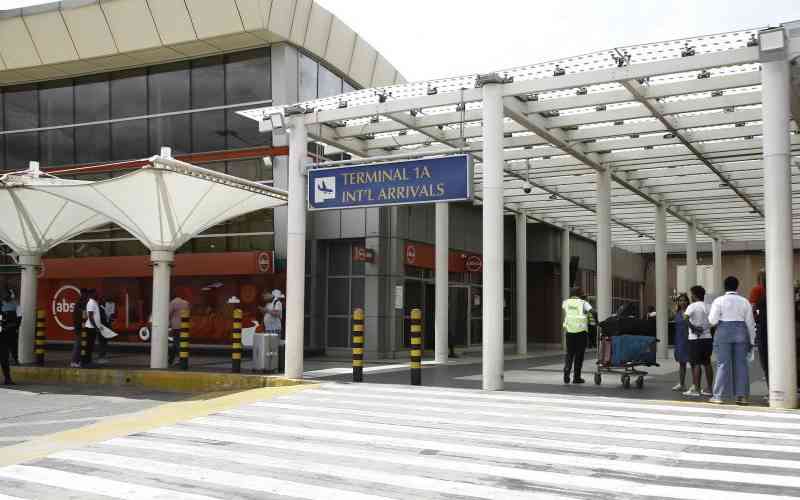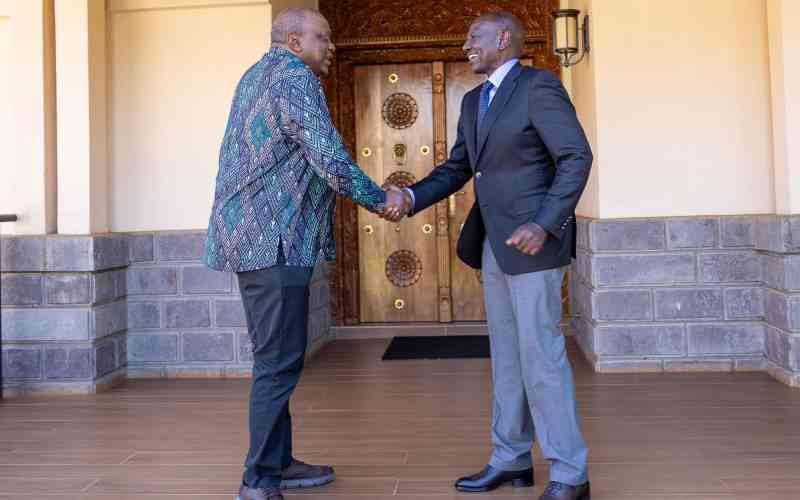
Following last week’s pronouncement by President William Ruto, Indian conglomerate Adani’s proposal to develop Kenya’s premier airport Jomo Kenyatta International Airport (JKIA) is off the table. However, this does not obviate the need for JKIA’s expansion. If anything, it emphasises the urgency of long overdue plans to rebuild an airport that is bursting at the seams literally and figuratively.
It also brings into focus the need for a national aviation policy. The government engaged ALG, a business and strategy consultancy, to develop one. The ALG consultancy focuses on three main objectives: Enhancing Kenya’s connectivity at national and international levels, fostering the growth of aviation in Kenya to support job creation and maximising the contribution of the aviation sector to Kenya’s economic growth and development.
From the foregoing, it makes sense to place the national carrier Kenya Airways (KQ) at the core of these proposals. This is especially so when JKIA is considered as one of the most important hubs on the continent and KQ its hub carrier. Best practice across the globe reveals hubs and their carriers to be conjoined twins. For instance, the Dubai International Airport is synonymous with Emirates Airlines. The Istanbul Airport is indistinguishable from Turkish Airlines. Any talk of Doha immediately conjures images of Qatar Airways.
Even more telling is the fact that the aforementioned airlines run these airports. In these countries, all the aviation assets are consolidated into one entity that is administered by the hub carrier. In Kenya, this scenario was first envisaged by the Privately Initiated investment Proposal of 2020 but subsequently discarded because of toxic politics. Following the collapse of the Adani JKIA proposal, perhaps it is now time to revisit the proposal.
A consolidation of Kenya’s aviation assets would entail the merger of KQ and Kenya Airports Authority (KAA). The latter is the entity that manages all public airports in the country. It would also take in the management of all ground-handling services at JKIA currently split between seven companies. Thought could also be given to the functions of the Kenya Civil Aviation Authority (KCAA). Just as in other jurisdictions, KCAA would be left as a regulator whilst air navigation services and the training school, currently under it, transferred to the consolidated entity.
No doubt, other alternatives to the Adani proposal exist. One school of thought has suggested bringing on board Middle Eastern carriers to partner with both KQ and KAA in the expansion of JKIA. This is a route that has been followed by Rwanda, Zambia and Malawi in their search for a strategic aviation partner. However, this does not align well with Kenya’s aviation policy because it would funnel all air traffic to Middle Eastern hubs to the detriment of JKIA.
An attractive alternative is one by Kenyan MPs. They have recently proposed the formation of an Aviation Holding Company (AHC) to oversee the restructuring of Kenya’s aviation sector. According to media reports, the AHC “will manage Kenya Airways, Kenya Airports Authority, JKIA and an Aviation Services College.” The National assembly Transport, Public works and Housing Committee also recommends “tax concessions and exemptions for the AHC including zero-rating of supplies...”
Mr Khafafa is a public policy analyst
 The Standard Group Plc is a
multi-media organization with investments in media platforms spanning newspaper
print operations, television, radio broadcasting, digital and online services. The
Standard Group is recognized as a leading multi-media house in Kenya with a key
influence in matters of national and international interest.
The Standard Group Plc is a
multi-media organization with investments in media platforms spanning newspaper
print operations, television, radio broadcasting, digital and online services. The
Standard Group is recognized as a leading multi-media house in Kenya with a key
influence in matters of national and international interest.
 The Standard Group Plc is a
multi-media organization with investments in media platforms spanning newspaper
print operations, television, radio broadcasting, digital and online services. The
Standard Group is recognized as a leading multi-media house in Kenya with a key
influence in matters of national and international interest.
The Standard Group Plc is a
multi-media organization with investments in media platforms spanning newspaper
print operations, television, radio broadcasting, digital and online services. The
Standard Group is recognized as a leading multi-media house in Kenya with a key
influence in matters of national and international interest.










